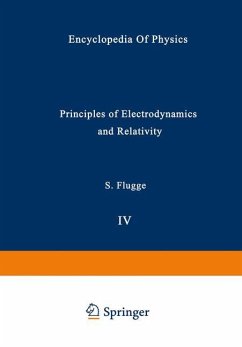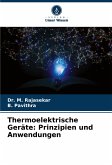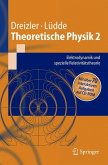will be "asymptotically integrable", that is to say, if we displace a vector parallel to itself along a closed curve whose total length is proportional to r, then, as we remove the curve to infinity, the change of the vector that results from the circuit about the curve will tend to zero. In the presence of gravitational radiation the total energy will not be con served, because the waves carry some energy with them; analogous statements apply to the linear momentum, etc. But that is not all; if there is no coordinate 2 system in which the field strengths drop off as 1/r , then there is no possibility to generate out of one vector" at infinity" a whole field of parallel vectors" at infinity". Thus we are unable in the presence of radiation to define, even at infinity, a "rigid displacement", the type of coordinate transformation that is presumably generated by the energy integral. Under these circumstances it is very difficult to see how one can define the "free vector" energy -linear momen tum in a convincing manner. These ambiguities of course do not imply that general relativity lacks quan tities that obey equations of continuity; rather, general relativity suffers in this respect from an embarras de richesse. There is an infinity of such quantities, and our difficulty is to single out a subset and to present these as the "natural" l expressions for energy, linear momentum, etc.
Hinweis: Dieser Artikel kann nur an eine deutsche Lieferadresse ausgeliefert werden.
Hinweis: Dieser Artikel kann nur an eine deutsche Lieferadresse ausgeliefert werden.








